Description
Cinnamon is the collective name given to several plant species in the genus
Cinnamomum (family Lauraceae), including
Cinnamomum verum (syn.
Cinnamomum verum; Ceylon cinnamon) and
Cinnamomum burmanni (Indonesian cinnamon), grown for their inner bark which is used as a flavoring. Cinnamon trees are small evergreens with aromatic bark and leaves. The leaves of the tree are thick and oval or lanceolate in shape, growing on smooth gray branches. The tree produces small yellow or green flowers on panicles and a berry fruit. Cinnamon trees can reach heights of up to 20 m (66 ft) in the wild but are usually coppiced to smaller bushes under cultivation. Cinnamon trees have an economic lifespan of approximately 10 years. Cinnamon may be referred to as cassia and originates from Asia.

Cinnamon tree

Ceylon cinnamon foliage and inflorescences
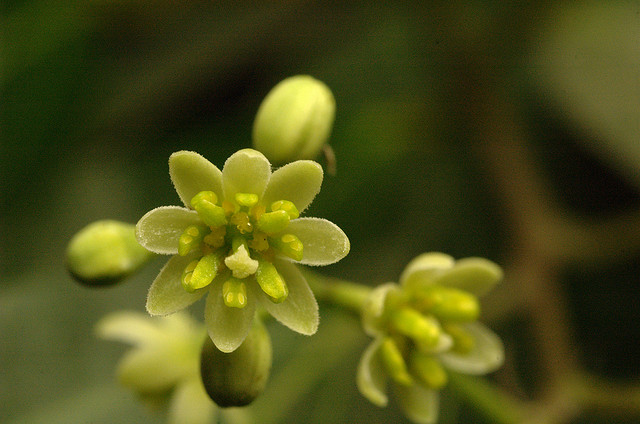
Indonesian cinnamon flower

Indonesian cinnamon foliage

Cinnamomum verum foliage
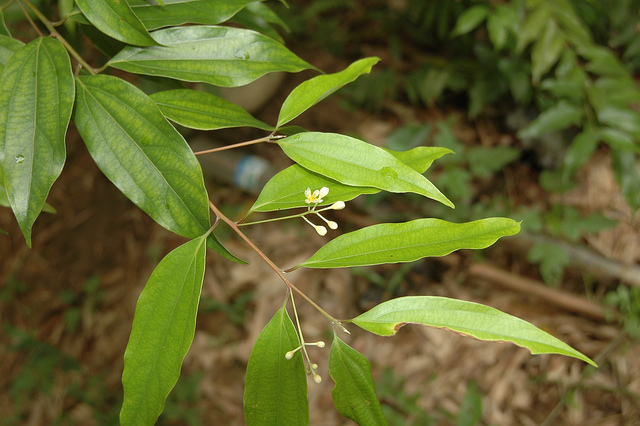
Indonesian cinnamon foliage
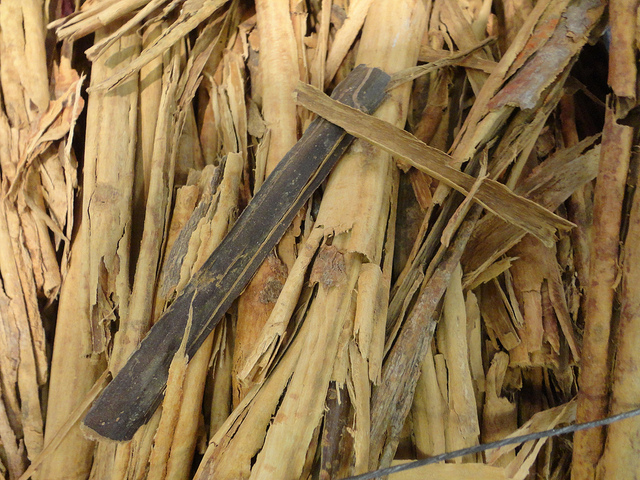
Harvested cinnamon bark

Ceylon cinnamon leaves

Cinnamomum verum foliage
Uses
Pieces of dried cinnamon bark (quills) or ground cinnamon are used a flavoring in baked goods, confection or savory dishes. Oil extracted from the bark and leaves is used as a flavoring or scent in perfumes.
Propagation
Basic requirements Cinnamon is a tropical plant and grows best in warm areas with high humidity where average temperatures reach approximately 27°C (80.6°F). Cinnamon can be grown in a wide range of soils but the highest quality bark is obtained when trees are grown in sandy soils rich in humus. Cinnamon grows best when planted in full sun but as a forest tree it will tolerate some shading. Trees require an average annual rainfall of between 1250 and 2500 mm.
Propagation Cinnamon can be grown from seed or vegetatively propagated. Fruits often have to be bagged in order to save the seeds as they are often consumed by birds. Planting material should be selected from trees showing the desired bark characteristics which are healthy and vigorous regardless of the propagation method used. Cinnamon trees are usually cultivated commercially through cutting or by air layering due to the seeds exhibiting a wide genetic variability.
Propagation from seed Seeds should be collected from the pulp of the fruit, washed and dried. Seeds should be planted as soon as possible after extraction as they do not remain viable for long. Seeds should be planted in prepared nursery beds or in polyethylene bags filled with good quality potting soil or aged compost or composted manure. The seedbed or bags should be provided with shading to protect the seedlings and seeds should be kept moist with frequent irrigation. Germination usually occurs after approximately 20 days. Seedlings can be transplanted to the field after about 3 months.
Vegetative propagation Cinnamon can be propagated vegetatively from cuttings, by layering or by dividing the root ball. A cutting is usually taken by removing a partially mature shoot with at least one node from an established mother plant. The shoot should then be planted in a polyethylene bag to establish its own root system, thus creating a new tree. Cuttings are usually grown under the protection of a polyethylene covering which is removed gradually to harden the seedlings for field planting. Seedling are ready to be transplanted to the field when they are 12 to 18 months old.
Transplanting Seedlings should be planted in a pre-dug hole large enough to accommodate the root ball and backfilled with topsoil. Adding rock phosphate to the planting hole aids in root development. Trees are often grown in small groups to produce a single clump or are planted individually. For commercial production, field spacings of between 0.9 m (3 ft) to 1.2 m (4 ft) per tree are recommended.
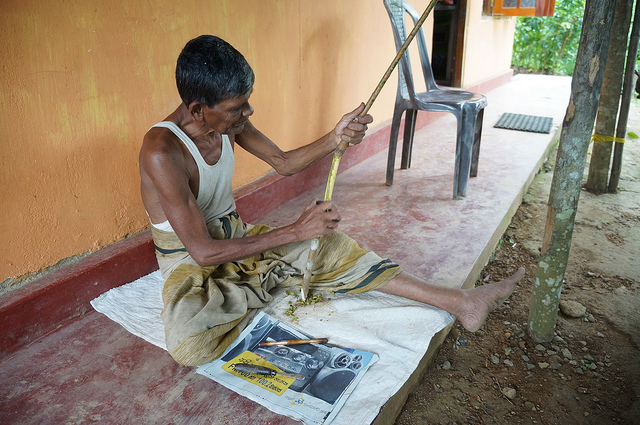
Scraping bark from cinnamon branches, Sri Lanka
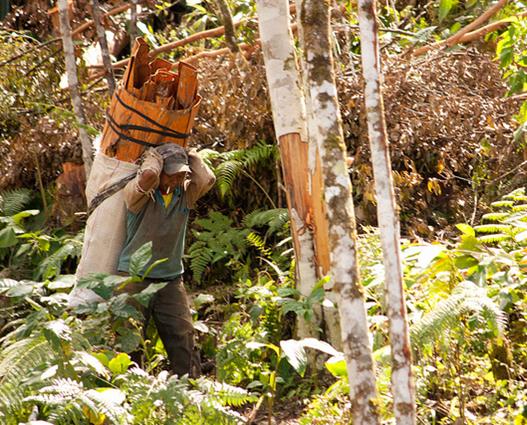
Cinnamon farmer carries harvested bark in Lempur, Indonesia
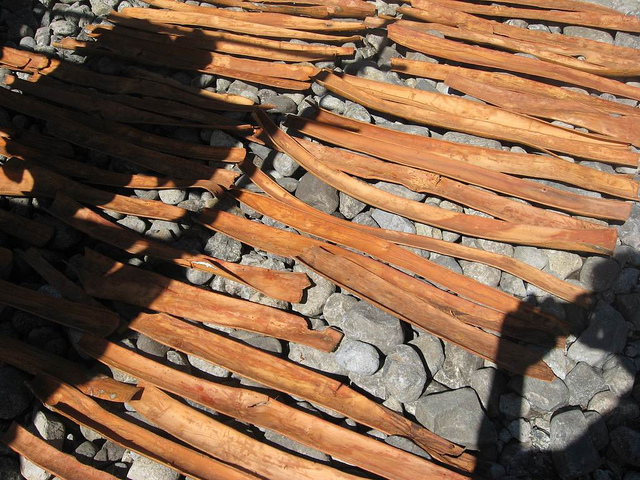
Cinnamon bark drying in the sun
I am covering all topics related to ayurveda & mordern sciences if you are interesting to learn more and read more came to Archivetogetherness.blogspot.com
ReplyDelete